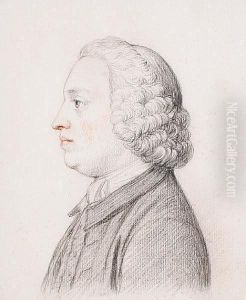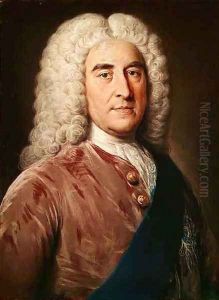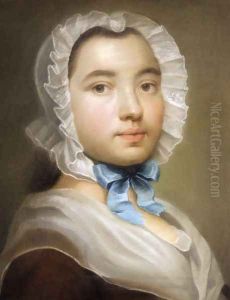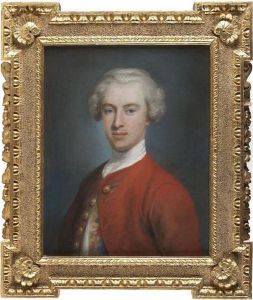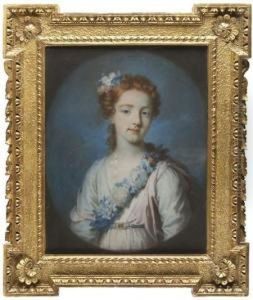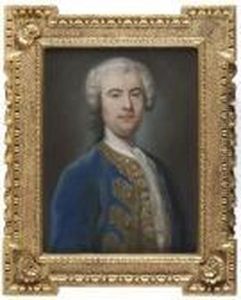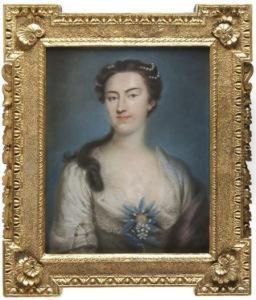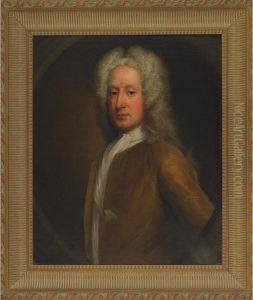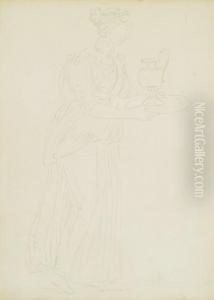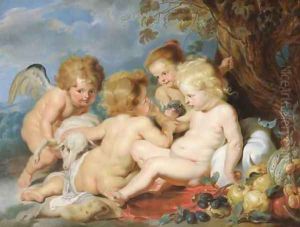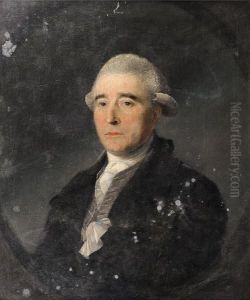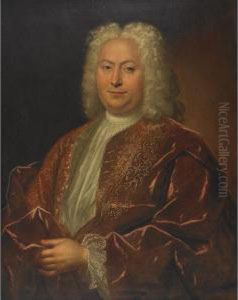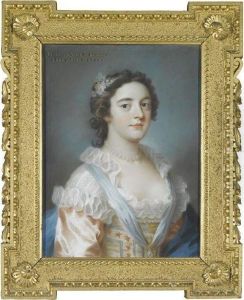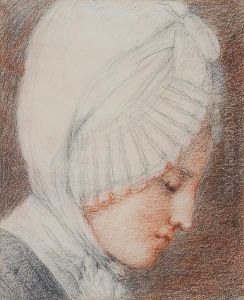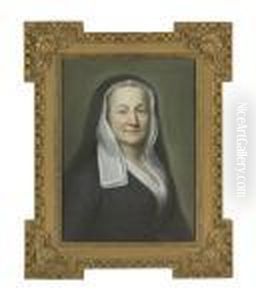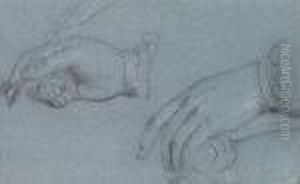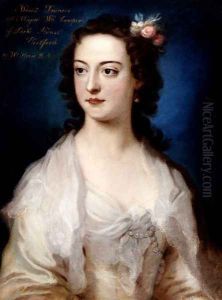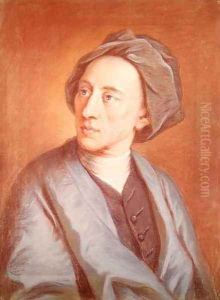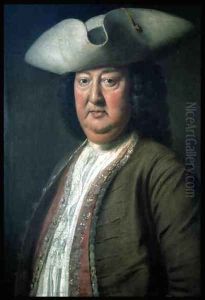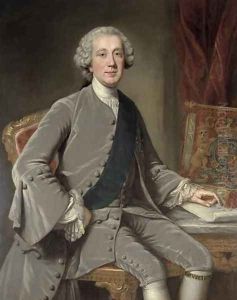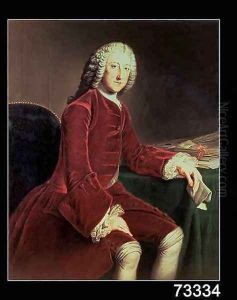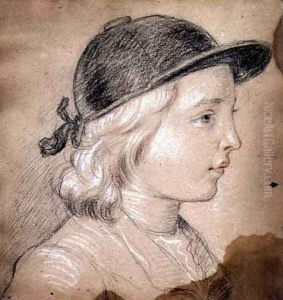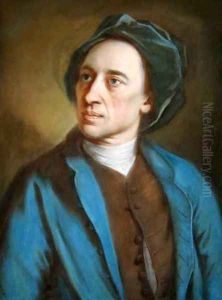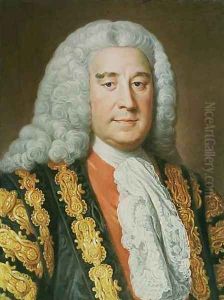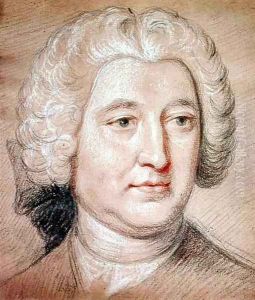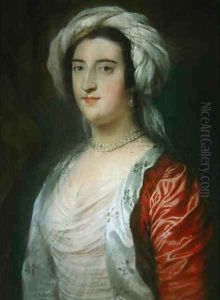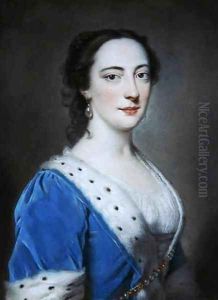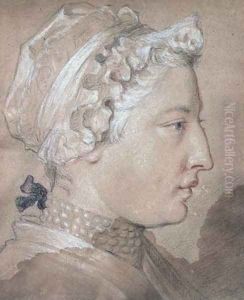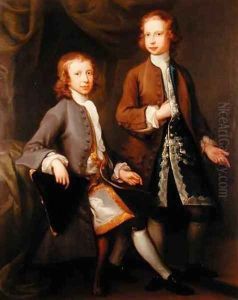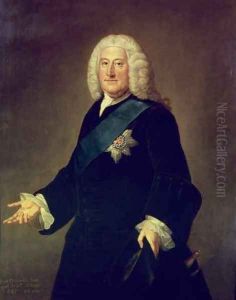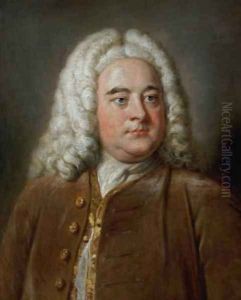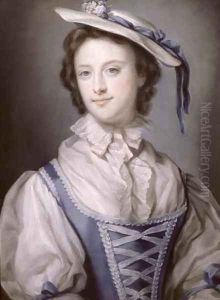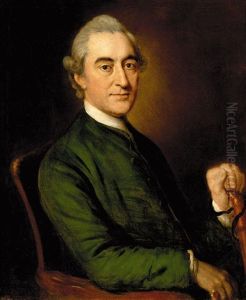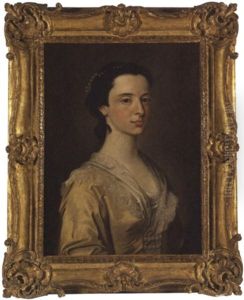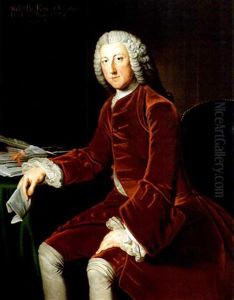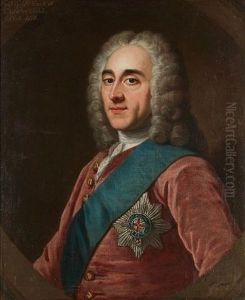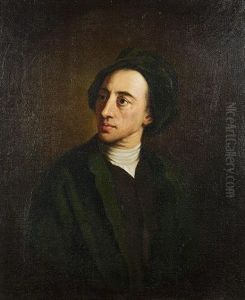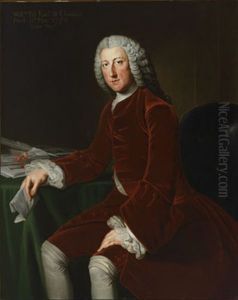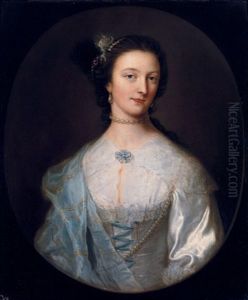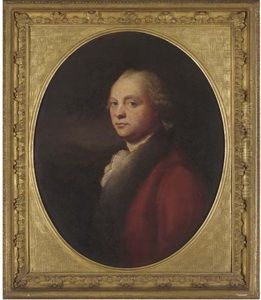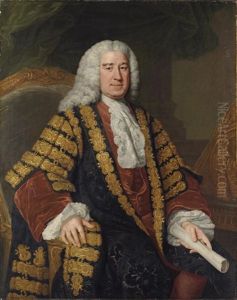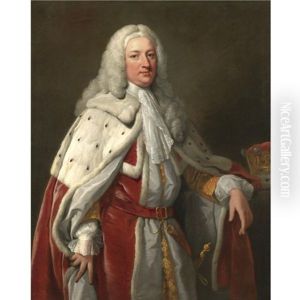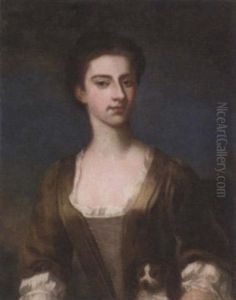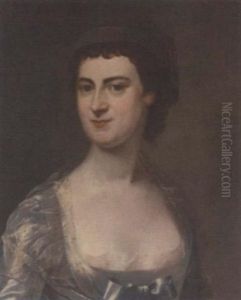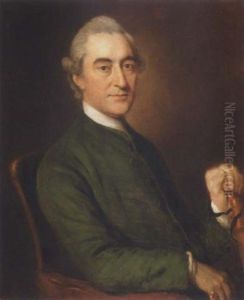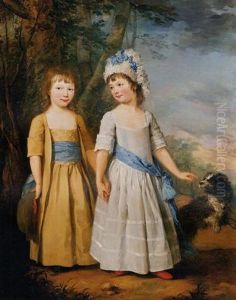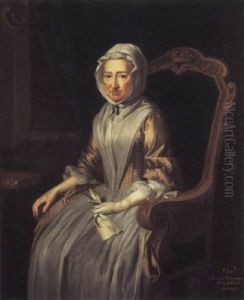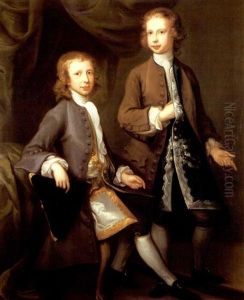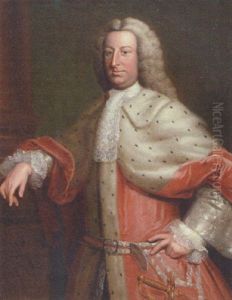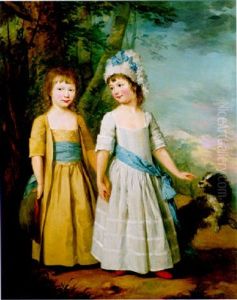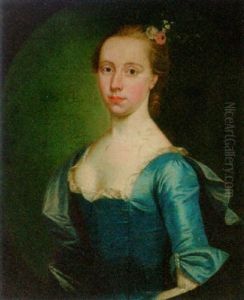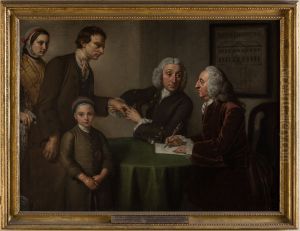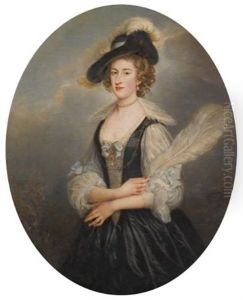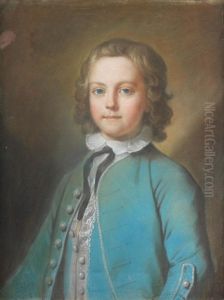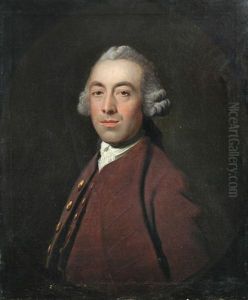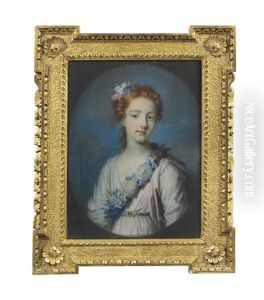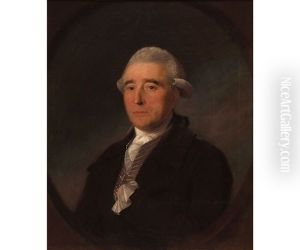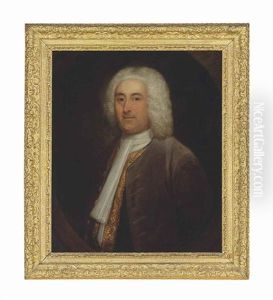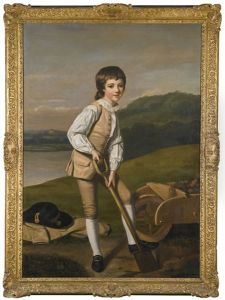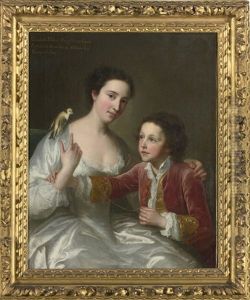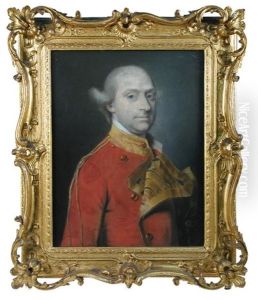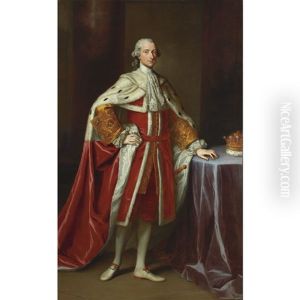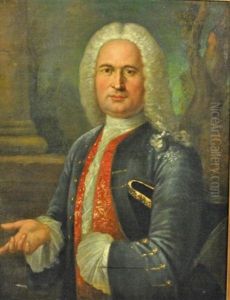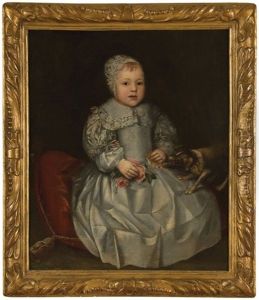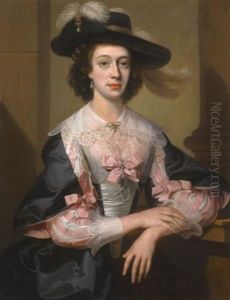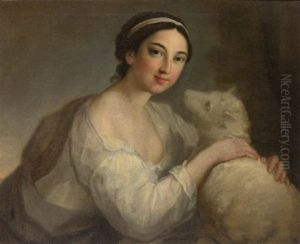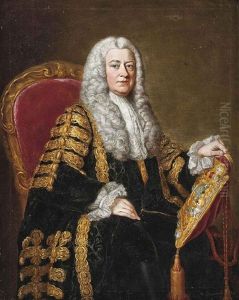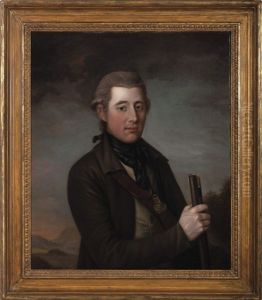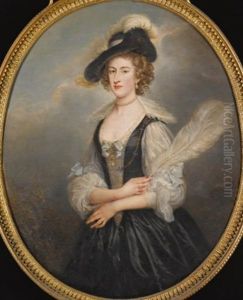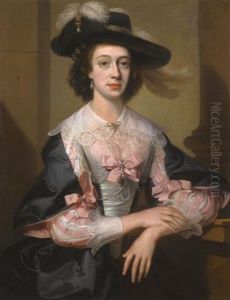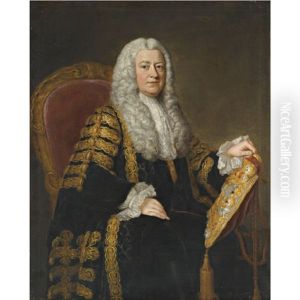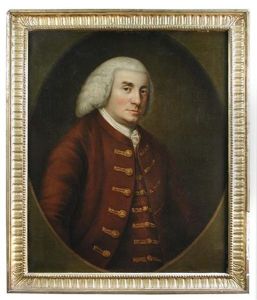William Hoare Paintings
William Hoare of Bath was an English portraitist, painter and printmaker, who was born in Eye, Suffolk, in 1707. Hoare received a gentleman’s education in Faringdon, before moving to London to study painting. His training took place under the tutelage of Italian painter Giuseppe Grisoni, with whom he traveled to Italy in 1728. This trip was instrumental in shaping Hoare's artistic style, as he was deeply influenced by the works of Italian Renaissance and Baroque artists.
Hoare spent nearly a decade in Italy, mainly in Rome, where he became proficient in the language and immersed himself in the local culture. He developed a particularly close association with the St Luke Academy in Rome, which was an important institution for artists at the time. It was here that he honed his skills in portraiture and historical painting, which would become the backbone of his professional work.
Upon his return to England in 1738, Hoare settled in Bath, a city that was rapidly becoming a hub for the social elite of the era. Bath's growing reputation as a spa town and leisure destination for the aristocracy provided Hoare with a steady stream of wealthy clients. He became the first resident artist of note in Bath and established himself as a leading portraitist in the area. His work was characterized by a refined elegance and often depicted his subjects with a gentle grace, setting him apart from his contemporaries.
Hoare was an important figure in Bath's cultural scene and was closely involved with the foundation of the city’s first theatre. He was also a member of the committee that set up the Guild of artists in Bath in 1765. His prominence in the local art scene led to his acquaintance with Thomas Gainsborough, who would later become one of the most famous portrait painters of the 18th century.
Over his long career, Hoare enjoyed considerable success and patronage. He was appointed as the official 'Painter to the Bath' and gained social prestige, as well as financial stability. His son, Prince Hoare, became a well-known playwright and painter in his own right.
William Hoare died in Bath in 1792, leaving behind a legacy of portraiture that provides a rich visual record of Georgian society. His works continue to be appreciated for their historical significance and artistic merit. Hoare's portraits can be found in various art collections, including the National Portrait Gallery in London and the Holburne Museum in Bath.
